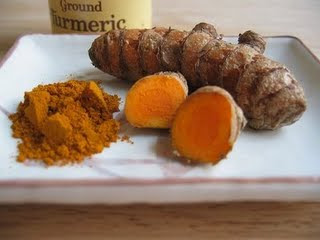Is school really just around the corner? You know what that means - early morning scrambles, after-school tizzies and ragged nerves at dinnertime.
It's still possible to have pleasant family mealtimes even after school has begun. Check out these back-to-school dinner tips for busy Moms:
1. Have a meal plan.
The most important key to having relaxed family dinners even on school nights is having a meal plan. This will simplify both food shopping and meal preparation, and help you save money to boot.
If you need help, check out Dine Without Whine's meal and grocery planning service.
2. Try freezer meals.
Cut down on cooking time by cooking large batches and then freezing them for future use.
3. Simplify your schedule.
With school comes extracurricular activities that could have you running - or driving around - like a headless chicken. Keep things to a minimum. Overloading children with too many after-school activities is not good for them. They need downtime too.
4. Get the kids involved in cooking.
Get some help by mobilizing your own troops - your husband and children - as your kitchen helpers. Cooking is an important life skill and now it's bonding time as well.
5. Have an emergency plan.
No matter how well you plan in advance, something always comes up. Plan for that as well. Always have emergency supplies in the pantry so you can throw together a home-cooked meal at a moment's notice.
It could be a frozen dinner you prepared during the weekend. Mine is pasta, a can of tomato sauce and whatever vegetables are in the refrigerator.
6. Post your family schedule.
Keep a large calendar on the wall where you can see every family member's schedule at a glance. It will also help you plan activities around your family dinner times.
7. Set a routine.
Decide on an earlier dinner time, bedtime and wake up time and start following them a few days before school officially begins. This way, everybody's adjusted when the real thing comes.
8. Stay flexible.
Sometimes you just can't afford disruptions to your meal times. An occasional missed family dinner is no big deal - when you know you'll have more throughout the week.
9. Consider school schedules.
Take note of school events and other activities in your family calendar - so you can plan your family dinners with them in mind.
10. Cook once, eat twice.
Every so often, cook a double batch of meals that can easily be transformed into another entree or side dish. For example, roast 2 chickens. Have one for tonight's dinner. Chop up the other for chicken salad for later in the week.
11. Organize your kitchen.
If you haven't done so yet, now's the time to take stock of your kitchen. Make sure the items you use most often are accessible from your food prep area. Replace the tools that are broken, and get those gadgets that will help you get dinner ready faster.
12. Have a special meal.
Make Friday night Teen's night - which means they plan and prepare the meal. That is, if you have teens or any child old enough to prepare meals. They'll learn how to cook, you get the night off (from cooking), and everybody has fun. The only condition is: everybody has to eat what's prepared.
13. Make it educational.
This idea is for preschool-age kids. Make or buy a special placemat with letter or numbers. Laminate it with Con-Tact paper so it becomes a wipe-off board. Use it only for dinnertimes.
14. More mealtime learning opportunities.
Plan some meals to coincide with specific topics your child is studying in school. For example, on the night after a field trip to a pioneer town, have a pioneer-style meal.
15. Celebrate school successes at dinner.
Celebrate school successes with a special family meal. Prepare the child's favorite meal and prepare a nice dessert. It's more important to have a meal that's relaxed and delicious, than one that tool hours to prepare.
16. Nurture school relationships.
Get to know your children's closest school friends by inviting them to dinner once in a while.
Follow these tips to make family mealtimes simpler, easier and more fun. For meal planning and grocery shopping help, go to Dine Without Whine.
Your monthly subscription includes a weekly meal plan with recipes for main dishes, side dishes, 2 desserts and 2 brunches.
You'll also get a weekly grocery shopping list of everything you need to create the recipes. The list is categorized according to grocery sections, so your shopping will be easier and faster.
For a limited time, you can try Dine Without Whine for a penny. Click here to find out how.
 By Jason Lee
By Jason Lee











